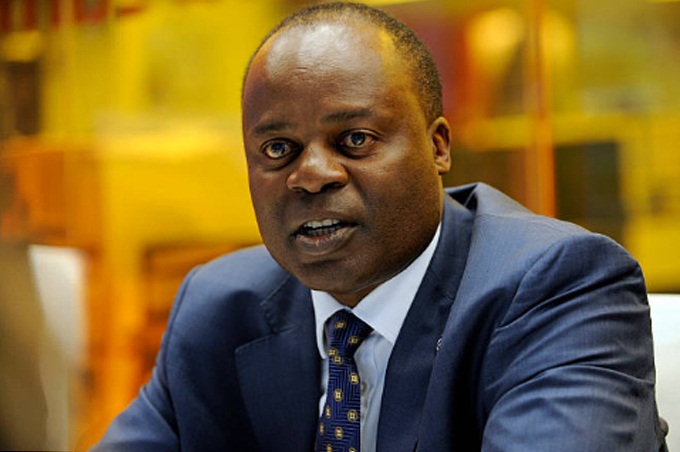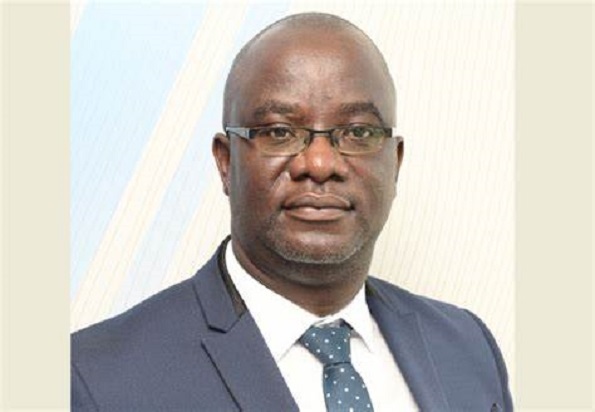Dr. Louis Kasekende, the MEFMI Executive Director says there is need for strategies to manage public debt in 13 countries in Eastern Africa
The African Development Bank says the East African region’s economic growth is expected to recover to an average of 4.1 per cent in 2021 from 0.4 per cent in 2020. The bank predicts a further growth to 4.9 per cent and 5.6 per cent in 2022 and 2023 respectively.
The findings are part of the East Africa Economic Outlook 2021, which reviews the economic performance of 13 countries: Burundi, Comoros, Djibouti, Eritrea, Ethiopia, Kenya, Rwanda, Seychelles, Somalia, South Sudan, Sudan, Tanzania, and Uganda.
According to the report themed; “Debt Dynamics in East Africa: The Path to Post-COVID Recovery”, the rapid economic recovery of the region will be driven by sustained public spending on infrastructure, improved performance of the agricultural sector, and increased regional economic integration. However, the slow rollout of COVID-19 vaccines and risks of spikes in infections could dampen the outlook.
While top economists with the bank say East Africa was the only region that avoided a recession as a result of the COVID-19 impacts, it suffered a slowdown in 2020 which was mainly driven by COVID-19 containment measures such as lockdowns, curfews and reduced external demand for the export of raw materials and lower tourism inflows.
“The region’s resilience during 2020 was due to relatively higher economic diversification in the region and the swift policy responses initiated by governments to counter the impact of the pandemic,” said Nnenna Nwabufo, the Bank’s Director-General for East Africa.
While the region escaped a recession in 2020, Nnenna Nwabufo and her team say the region did not escape the poverty trap caused by the pandemic. Shocks like floods and desert locust invasions are said to have affected the performance of the agriculture sector, while contraction of economic activity hit businesses and livelihoods hard, increasing poverty and income inequality.
They are now suggesting a mix of policy interventions to accelerate East Africa’s economic recovery and build post-COVID-19 resilience. These include scaling up vaccination, designing and implementing economic stimulus packages and stabilising public debt by dealing with debt related to state enterprises, among others” the Director-General pointed out.
The contraction of economic activities, increase in fiscal deficit due to high public spending to respond to the COVID-19 pandemic amidst reduced public revenues, and exchange rate depreciation created fiscal and debt distress risks in the region in 2020. Three of the 13 countries in the region are in debt distress and 5 countries are at high risk of external debt distress.
The report points out that better economic governance is needed to stabilize and reduce the public burden in East Africa. Other key actions include improving debt management and transparency and dealing with debt related to state-owned enterprises and contingent liabilities in some of the region’s largest economies.
The Bank’s report names political fragility across the region as one of the biggest downside risks to the growth outlook. Other risks include limited economic diversification and over-reliance on largely unprocessed commodity exports.
The rising Public Debt in Eastern Africa
The report also provides a deep dive into the public debt dynamics in the region. According to the report, public debt in the region rose from 40 per cent of GDP in 2011 to 67 per cent in 2019. The increase in public debt has been driven by high investment and a slowdown in real GDP growth.
“Public debt further increased to 73 per cent of GDP due to borrowing in 2020 due to borrowing to support government spending on COVID-19 pandemic containment measures. Better economic management is needed to stabilise and reduce the public debt in East Africa,” said Nnenna Nwabufo.
Most of the region’s bilateral debt has become less concessional while China’s presence as a source of financing has also increased over the period. The countries including Uganda are going for commercial borrowing that tends to be more expensive when compared to bilateral concessional financing.
Former Bank of Uganda Deputy Governor, Dr Louis Kasekende said the region has witnessed significant economic contractions resulting in historically low growth rates.
“Trade has been disrupted domestic revenue and foreign exchange receipts have dwindled substantially while public financing requirements are rising as part of the governments’ efforts to contain the pandemic,” said Kasekende, the Executive Director of Micro Economic and Financial Management Institute of Eastern and Southern Africa (MEFMI).
He said the increase in public debt is happening at a time when the pace of sovereign debt accumulation has been increasing in most of the African countries including the 13 Eat Africa countries.





